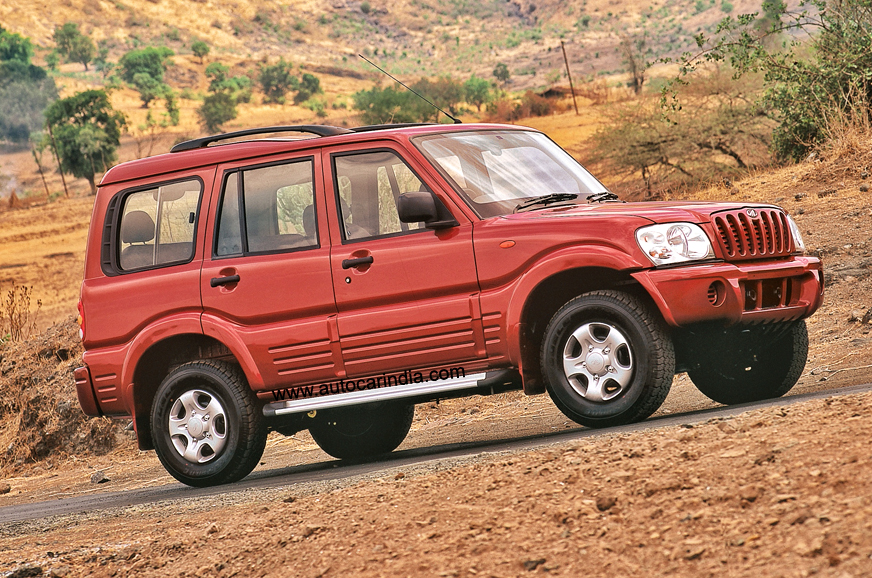Mercedes-Benz will rapidly expand its EV line-up in the coming years by ushering in electric options in crucial new segments and introducing a range of new platforms with unprecedented range and performance capabilities.
- All-new C-Class EV will take on BMW i4
- Will be based on MMA platform
- Will see a global debut by 2024
The marque’s global line-up of electric models already comprises a wide variety of cars of different shapes and segments – from the Mercedes-Benz EQA hatchback to the Mercedes-Benz EQS flagship sedan. This will be extended further with the launch of the midsized EQE SUV later this year and an electric version of the Mercedes-Benz G-Class 4x4 by 2024. In India, Mercedes-Benz has the EQC on sale currently and will introduce the EQS in the future.
The company’s commitment to offering an electric version of every model by 2025 is among the most ambitious electrification pledges by any mainstream manufacturer. This comes alongside a commitment to develop only bespoke EV architectures from 2024 – when the all-new Mercedes-Benz Modular Architecture (MMA) platform, conceived for small and midsized EVs, will be introduced.
Mercedes-Benz C-Class EV to be based on MMA architecture
One of four new EV architectures being developed by engineers in Stuttgart as part of the wide-reaching electric offensive, the MMA will be instrumental in future-proofing some of Mercedes’ bestselling and most crucial models. The Mercedes-Benz C-Class saloon, for example, launched in its current guise last year, is in line for an all-electric variant – or equivalent – using this platform, which will provide Mercedes-Benz with a long-awaited executive EV to rival the likes of the Polestar 2, BMW i4 and indomitable Tesla Model 3.
Last year, Mercedes chief operating officer Markus Schafer told our sister publication Autocar UK that the MMA platform will be used for compact cars, but also “has the potential to reach into the midsize segment as well”. He also confirmed that it could spawn a dedicated EV offering in the midsized executive sector as well.
The current C-Class is one of the few remaining legacy Mercedes models without a direct EV equivalent, but the plug-in hybrid Mercedes-Benz C300e has one of the longest electric ranges of any PHEV on sale, at an official 109km, and the recently launched EQE saloon helps to fill the gap between the C-Class and the EQS electric limousine.
Likewise, Mercedes’ existing bespoke EVs are among the longest-legged in their respective segments, but the new-generation EVs will take this further. They will combine power-dense battery packs with hyper-efficient motors, lightweight construction methods and super-slick bodywork to fully maximise efficiency, as demonstrated by the radical (and fully functioning) EQXX prototype, which gives the most concrete clues yet as to the electric future of the popular C-Class.
Company bosses have already admitted that the Mercedes-Benz EQXX will not directly evolve into a production car, but in its conception, design and capability, it serves to preview Mercedes’ future line-up by being most closely related to the C-Class than any other model. So, while the eventual production descendant of this concept will be larger (the EQXX is just 1,350mm tall and a full 162mm shorter than the EQE), it will remain true to the core characteristics.
The main aim of the EQXX project was to show how far an EV designed to these principles can travel on one charge and the real-world range of the concept, as demonstrated on real roads, nudges 1,126km. That represents a marked improvement not just on the 729km EQS, but also every mainstream electric vehicle on sale today.
Mercedes highlights radical new battery technology as a facilitator of this improvement, with boosted power density allowing for a greater range to be achieved while keeping weight low and maximising interior space. The firm remains tight-lipped about the technical specifics of the new-generation power packs it will begin rolling out to its line-up, but the EQXX’s circa-100kWh battery – supplied by CATL – is 35 percent lighter and about half the size of the 107.8kWh unit used by the EQS. Such advances pave the way for future cars to sit lower and have more spacious cabins, as well as offering improved ranges.





































